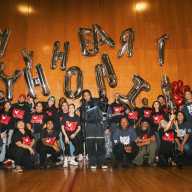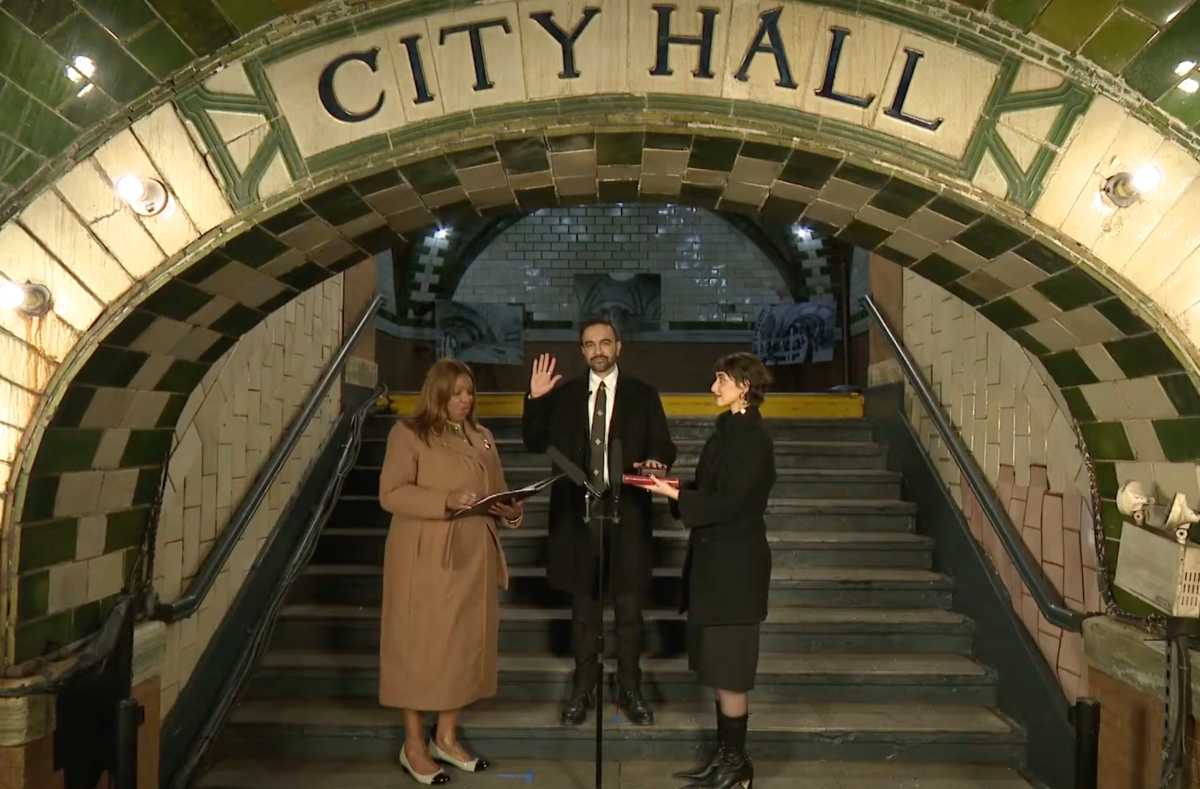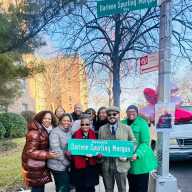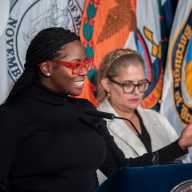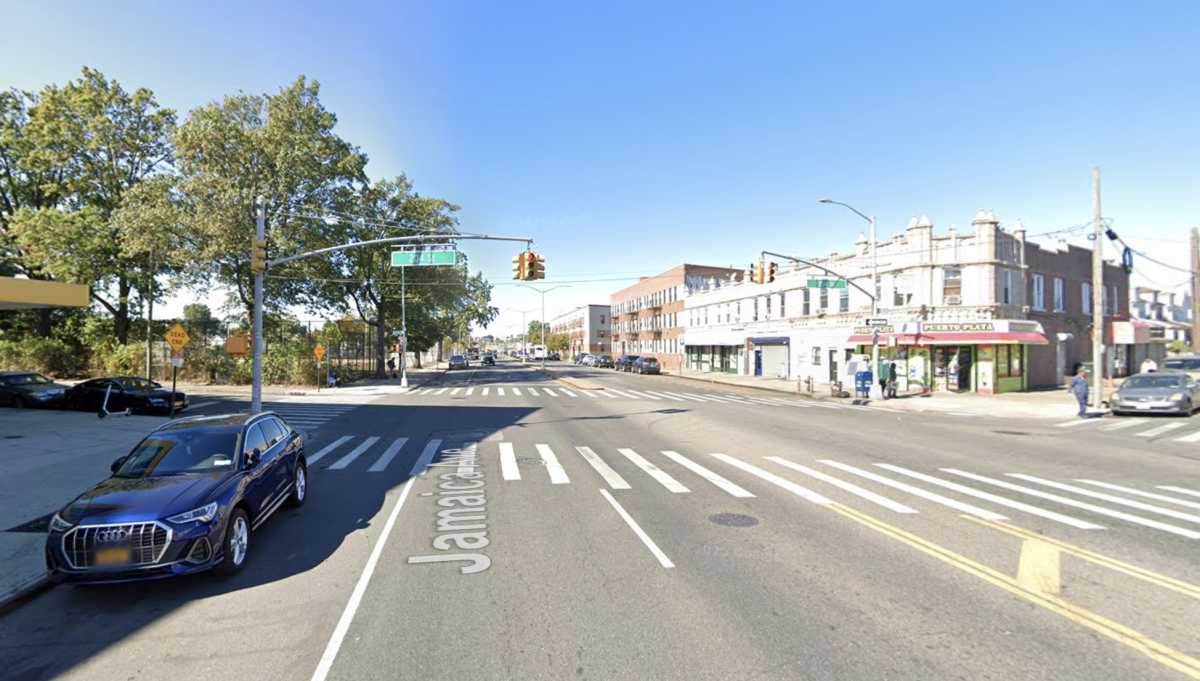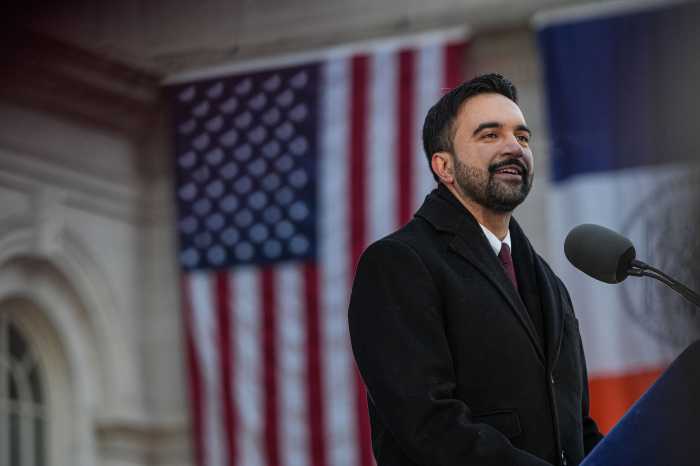Come summer 2012, unless some dark, scudding clouds or a few pesky Manhattan skyscrapers shadows get in the way, sunbathers will be bronzing on a sandy beach in Hunters Point.
So envisions a couple of the Olympic Village design finalists competing to create the centerpiece of New Yorks bid to host the quadrennial international athletic competition.
On Wednesday, Mayor Michael Bloomberg and Queens Borough President Helen Marshall unveiled the designs of five finalists, chosen from a field of more than 130 entries, competing to create a world-class residential facility that would house 16,000 athletes and their family members and, afterward, 18,000 New Yorkers.
"These five designs represent the best of an international search to create the best possible Olympic Village for athletes and housing for New Yorkers when the Olympians go home," said Marshall. "I urge the public to express their comments and ideas on these designs that give us a working knowledge of what the Olympic Village will look like when it rises on one of the prime real estate sites in Queens and the city of New York."
The designs of the five finalists Henning Larsens, Morphosis, MVRDV, Smith-Miller and Hawkinson Architects, and Zaha Hadid Architects range from interweaving towers to quarter-shaped buildings all linked like the five Olympic rings. An interplay of residential and public park space are key features in all.
The village would be at the heart of a New York City Olympic games in 2012. The central location would permit athletes to travel by means of public transportation to their competition sites.
"These spectacular designs put the athletes at the center of a New York games and uphold the true spirit of the Olympic movement while forming the model for future urban housing," said Daniel Doctoroff, deputy mayor for economic development and rebuilding, and founder of NYC2012, the committee leading the campaign for the citys hosting rights.
The design images can be viewed online at www.nyc2012.com and in a display at Grand Central Station, where the public can pick their favorite and give feedback. An eight-member design review panel will also be assessing each designs construction feasibility and listening to the publics reaction. A winner will be chosen in May.
Building the Olympic Village hinges on New York beating out a pool of nine cities from around the world. The eight competing cities are Havana, Cuba; Istanbul, Turkey; Leipzig, Germany; London, UK; Madrid, Spain; Moscow, Russia; Paris, France; and Rio de Janeiro, Brazil. The International Olympic Committee will shortlist the finalists in May 2004 and select the 2012 Summer Olympic winner in July 2005.
Should the Olympic committee pick New York as the host, the village would occupy the southern portion of what is known as "Queens West," a swath of 73 acres along the Long Island City and Hunters Point waterfront. For more than 10 years, the Queens West Development Corporation (QWDC) has spearheaded efforts to revitalize the fallow area into residences. Already, two facilities, the Citilights and Avalon West buildings, have been built, and QWDC has secured a commitment from the Rockrose Corporation to develop seven residential buildings containing approximately 3,200 units. The Olympic Village would complete the redevelopment of the area.
Reflecting on what New Yorks winning bid would mean to Hunters Point and the entire borough, the mayor said, "…it would give us a once in a lifetime opportunity to transform what is now a largely abandoned and blighted stretch of the East River waterfront in Queens into a stunning new residential community."
Councilman Eric Gioia, whose district encompasses the area, welcomed the finalists designs but urged the mayor to proceed with residential development regardless of the Olympics.
"We would welcome the Olympics to Queens, but it is important that whether we get it or not, we ensure that the mayor makes a real financial investment to the Queens waterfront in general," said Gioia, who is also working to revitalize Long Island City by pushing for more arts and culture, as well as helping to obtain funds for two new libraries and senior centers in the area.
Alluding to the residential property already developed and the expansion of Silvercup Studios, he noted that these developments would complement the economic renaissance underway.
"LIC is New Yorks gold coast," he said. "It has the most extraordinary views, easy access to mass transportation and easy access to highways and roads."









